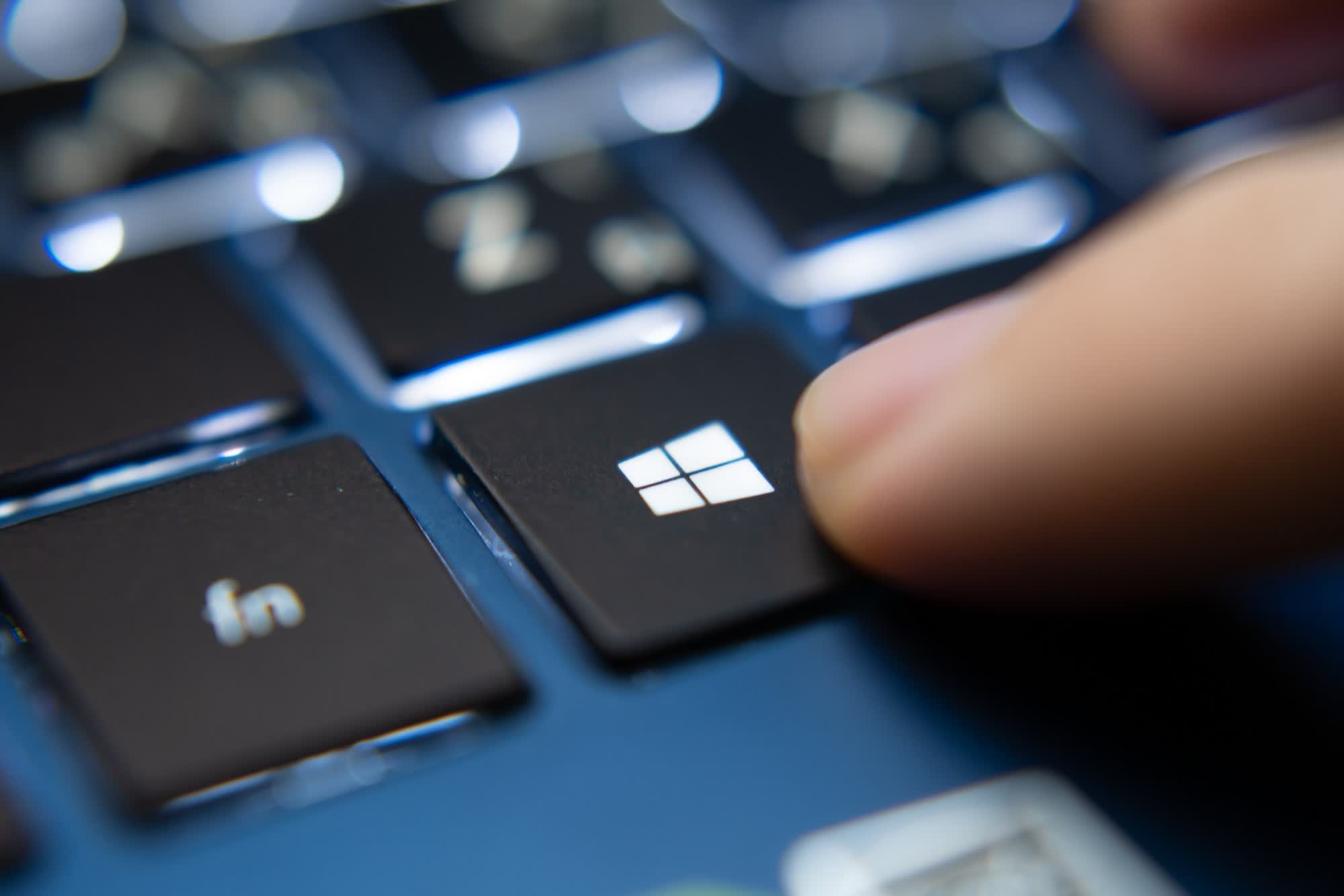What just happened? Microsoft is reportedly force-installing AMD and Nvidia drivers on Windows 10 and 11 PCs, causing unexpected issues in some cases. Windows users can configure their update settings to include or exclude particular types of updates using the Group Policy Management Console. However, in this case, users claim that the drivers are being installed despite turning off the automatic recommended driver update option via the device installation settings.
One of the first people to have reported the issue was Twitter user @ghost_motley, who claimed Windows 10 and 11 are ignoring the group policy editor settings and installing driver updates even if that option is disabled. The issue was reported by Neowin, which scoured social media to find Windows users complaining about Microsoft pushing GPU driver updates ignoring device settings.
On checking the Windows Update install history on his own computer, Neowin's Sayan Sen found that the exact same thing happened to him as well. Microsoft reportedly updated the Radeon RX 6800 XT on his PC with its own drivers, even though he had manually disabled the driver update option via the device installation settings.
Microsoft lie again, Windows 11 now ignores the group policy editor and will install driver updates via Windows Update, even if you have this disabled pic.twitter.com/stAMrhGM2W
– Charlie (@ghost_motley) May 29, 2023
While the new drivers did not cause a problem for Sen, it did create major issues for at least one Windows user, who ended up reinstalling Windows to fix the glitch. According to Twitter user @adi6293, their PC started showing an error message following the automatic driver install. The message, which popped up on the homescreen after every restart, read, "Windows Update may have automatically replaced your AMD graphics driver. Hence the version of AMD Software you have launched is not compatible with your currently installed AMD Graphics Driver."
While the user ended up reinstalling Windows to fix the issue, an official AMD support document suggests that it could have been fixed by simply reinstalling the graphics driver package. To prevent unwanted driver installations from Microsoft in the future, AMD recommends you disable Windows Device Installation Settings by opening System Properties (search for sysdm.cpl), selecting the Hardware tab, clicking on Device Installation Settings, hitting the radio button next to NO, and clicking on Save Changes. Finally, restart the PC for the change to take effect.
Even if the fix is relatively easy, it is still a major cause for concern that Microsoft is ignoring users' preferences to auto-install drivers on Windows devices. Going forward, it will be interesting to see if the company will acknowledge the issue publicly and reverse its course to respect user choices.
